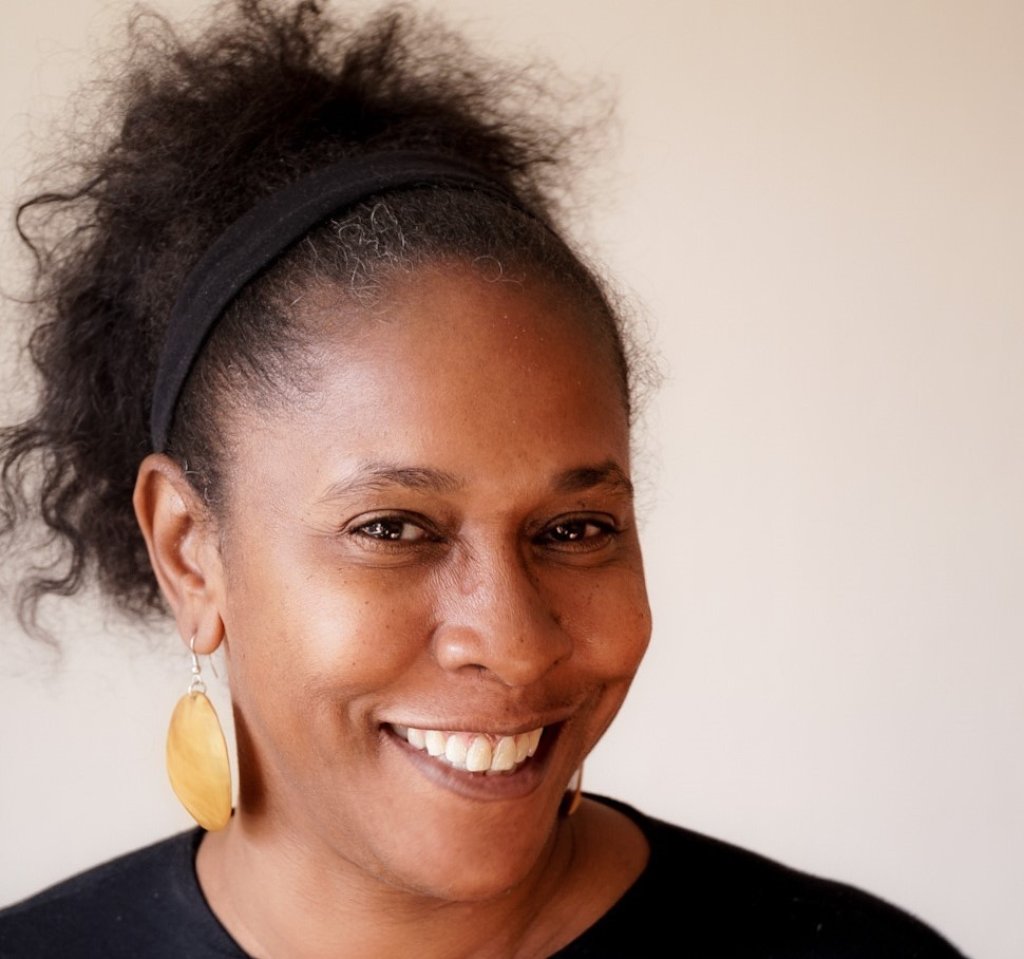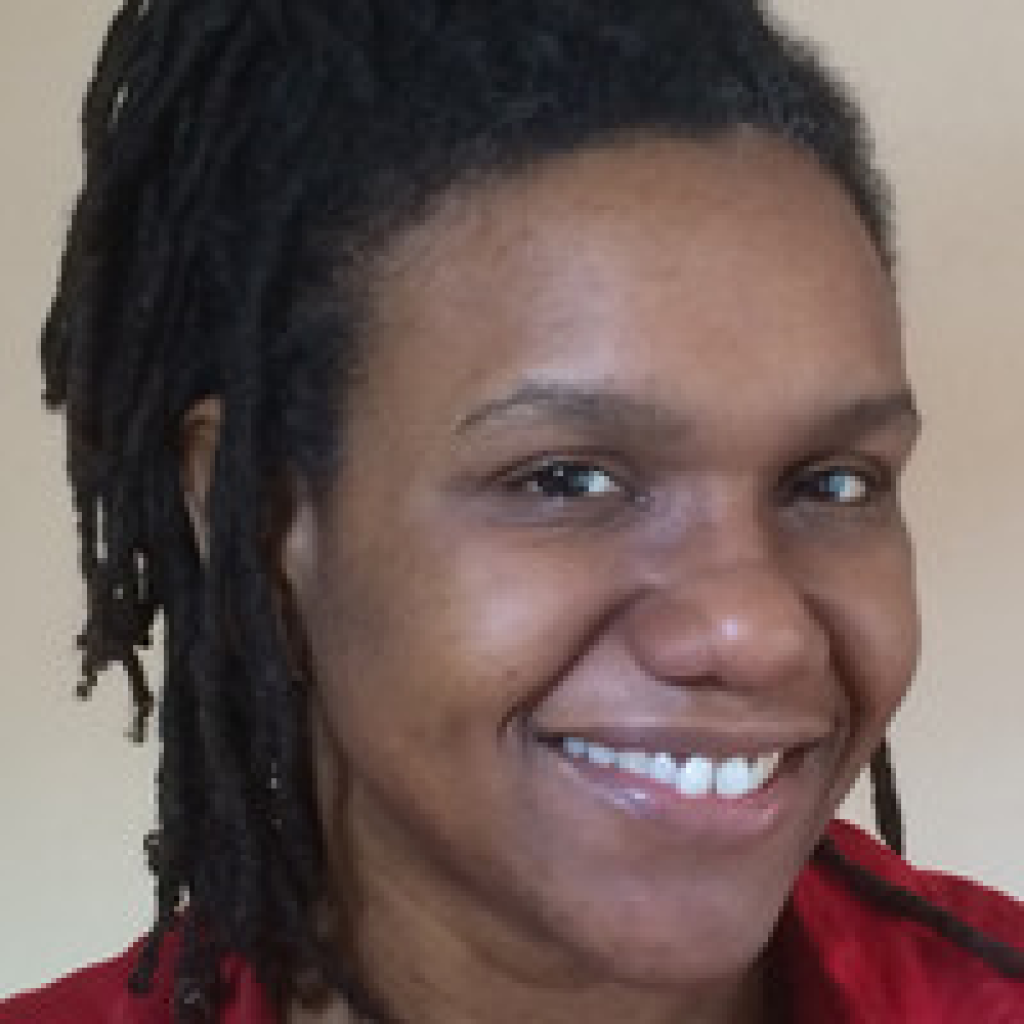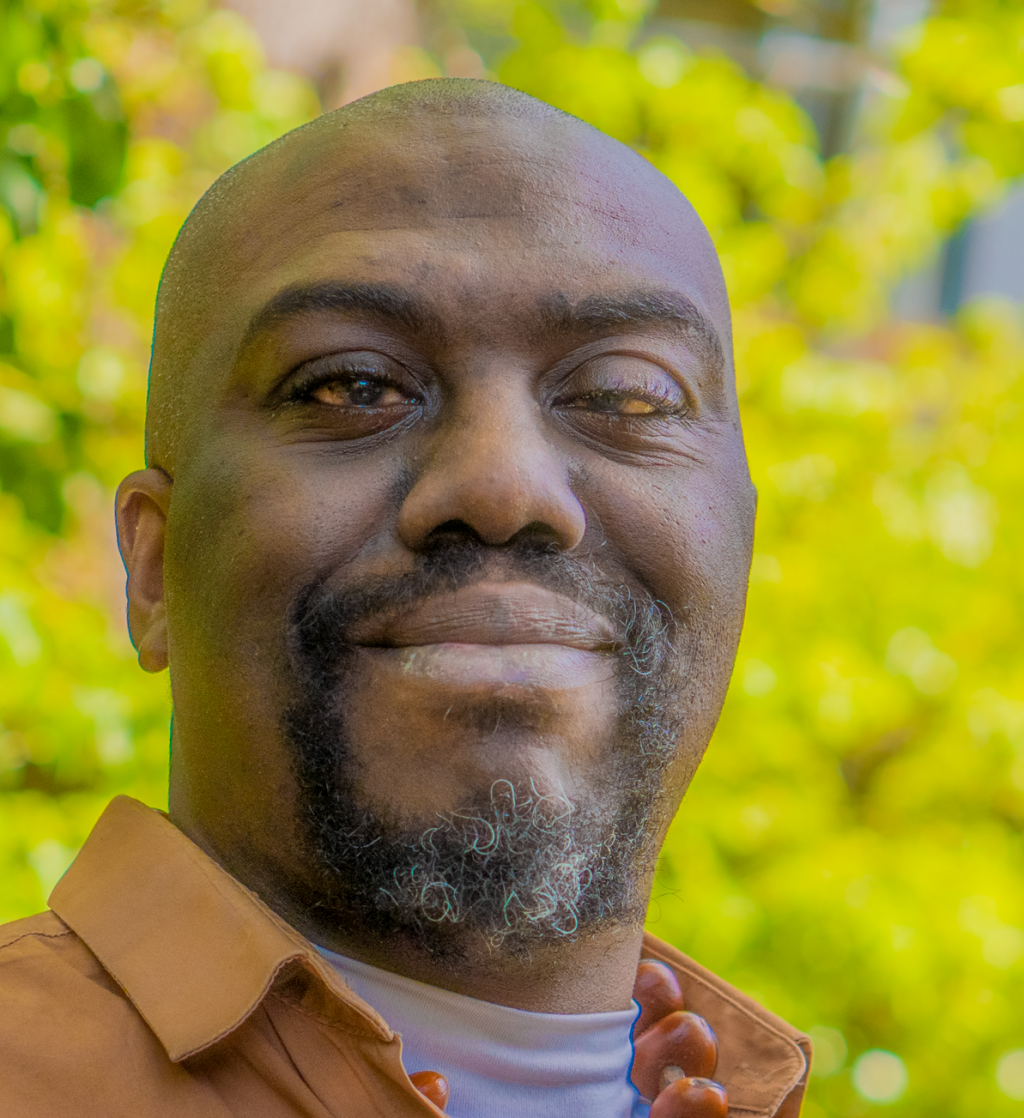Based on the PhD studies of Dr Sandie Bourne, the Black British Ballet project by Oxygen Arts includes this website showcase, a children’s book, a Windrush themed ballet show, a feature length documentary and a touring exhibition.
Black British dance professionals are still significantly underrepresented in every area of the industry. Their absence inevitably reinforces the perception of those with little or no relationship to ballet, that this art form is not ‘for them’. The Black British Ballet project aims to create a range of resource to tackle this situation on every level, in diverse communities, in ballet academies, in dance companies and in universities.
Dr Sandie Bourne, PhD
Black dancers have been present in British ballet from at least the 1940s.
Among the first to do so were Jamaicans Berto Pasuka and Richard Riley, who trained with well-known classical ballet teachers before founding Britain’s first black dance company Les Ballets Nègres in 1946.
However, the presence and contribution of these pioneers has been largely ignored in Britain.
The exodus
When black British dancers started to train in mainstream ballet institutions in the 1970s, students like Brenda Garratt-Glassman and Julie Felix were bluntly told by UK institutions that they would not be hired because they were black.
They, and almost everyone else who trained during this period, were forced to seek work abroad, most notably at Dance Theatre of Harlem.

Increasing access
It was not until the mid-80s that black dancers began to find success in established British ballet companies, but progress remained slow.
This led to schemes such as The Royal Ballet’s Chance to Dance, which launched in 1991 to help children from diverse backgrounds in London to access ballet classes and Dance Track at Birmingham Royal Ballet in 1997.
Tradition and repertoire
Yet, despite the ongoing issues of diversity, access and representation that ballet faces, the existence of racism in ballet remains contested in some circles.
Usually based on arguments of aesthetics and tradition, senior ballet professionals and advocates in Europe and beyond continue to defend all-white corps, blackface and the deeply offensive depictions of global majority cultures in pieces such as Petrushka and La Bayadère.
While it would be wrong to deny that significant progress has been made in Britain, there is still much we can do to ensure that this progress is sustained and increased.

The Black British Ballet project by Oxygen Arts makes an important contribution to this work by highlighting and reinserting the experiences of black people in British ballet, diversifying ballet audiences and encouraging young black dancers to see ballet as ‘for them’.
The team

Dr Sandie Bourne
Sandie is an experienced dancer, choreographer and researcher, specialising in the historic under-representation of black artists in British ballet institutions. Her other research areas cover black British dance including traditional Caribbean and African dance, street dance and Carnival. She has toured the UK bringing the history of black dancers in British ballet to universities and audiences around the country. She is the producer of Island Movements, a short, Windrush themed ballet that explores the experiences of a Caribbean family that came to the UK in the 60s and will tour the UK from October 2023. Sandie also currently sits on the Executive Committee of the Society for Dance Research.

Marsha Lowe
Marsha is a writer and has worked in the charity and education sectors for the past 16 years within both a marketing and project management capacity. She studied arts policy and management for her M.A. exploring the role of minority ethnic artists working in mainstream theatres and was also a writer with Sable LitMag where she explored issues around race, arts and culture. She currently writes for Brixton Buzz on local arts in Lambeth and has led creative writing and reading workshops with children and young people in partnership with UK libraries, based on racially diverse stories. Her most recent publication is Onisere and the Ballet Queen, an illustrated children’s book that brings the Black British Ballet project to a much younger audience.

Clovis Lowe
Clovis is a filmmaker and photographer who has worked with young people, arts organisations and charities over the past 15 years. He specialises in working with disadvantaged young people, young refugees, people with mental health issues, and has led participatory creative projects with these groups over a number of years. A qualified media lecturer, Clovis is also an excellent facilitator and trainer for creative media projects. He co-created Two and a Half Questions, a Windrush themed film on the experiences and hopes of Black British people, with young people in 2022, which was accepted into last year’s Windrush Caribbean film festival. He also produced Sanctuary, a photography exhibition created with a group of young refugees that was exhibited in Lambeth this year. Clovis has filmed the interviews with dancers for this website and our upcoming documentary as well as documenting the entire project with photography.
Our funders
We are hugely grateful to our funders and supporters:
Paul Hamlyn Foundation
Arts Council England
Black Funding Network
Do the Right Thing Fund by Utopia

Partners
We are proud to partner with English National Ballet, Birmingham Royal Ballet, The Royal Ballet, Libraries Connected, Dance Theatre of Harlem, Central School of Ballet and Kidbrooke Community Hub on this project.

